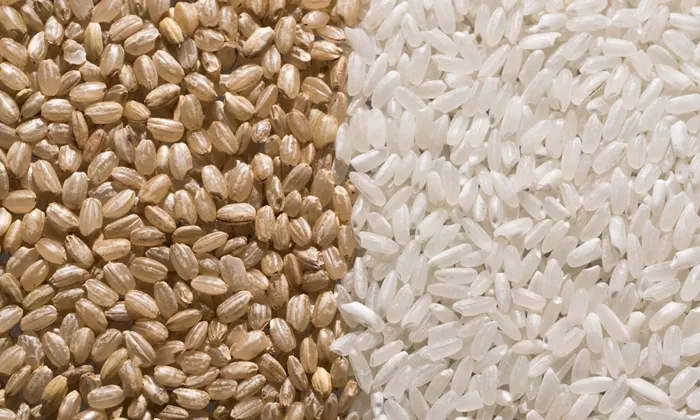A recent study shows that brown rice contains more arsenic than white rice, raising questions about its safety, especially for young children.
Brown rice keeps its outer bran layer, which holds more arsenic-a toxic element found naturally in soil and water-while white rice has this layer removed. This means brown rice has about 24% more total arsenic and 40% more of the more harmful inorganic arsenic than white rice.
The study found that for most adults, eating brown rice does not pose a significant health risk. However, children under 5 are more vulnerable because they eat more food relative to their body weight, increasing their arsenic exposure. Long-term high arsenic exposure can lead to serious health problems, including certain cancers and developmental issues in children.
Experts advise that eating a balanced diet with a variety of foods helps reduce arsenic risks. Parents can limit children’s exposure by alternating rice with other grains and choosing rice grown in areas with lower arsenic levels, such as California.
Despite the arsenic concern, brown rice remains a healthy choice due to its higher fiber, vitamins, and minerals compared to white rice. Washing rice well and cooking it in plenty of water can also lower arsenic levels.
In summary, brown rice is safe for most people when eaten in moderation as part of a varied diet, but extra care is recommended for young children to minimize arsenic exposure.
Read more:
- Over 63,000 Pounds Of Grain Millers Oats Recalled Due To Plastic Contamination
- FDA Halts Key Milk Safety Testing Program Amid Staff Cuts-What Consumers Should Know
- Martinelli Recalls Over 170,000 Apple Juice Bottles Due to Possible Toxic Contamination


